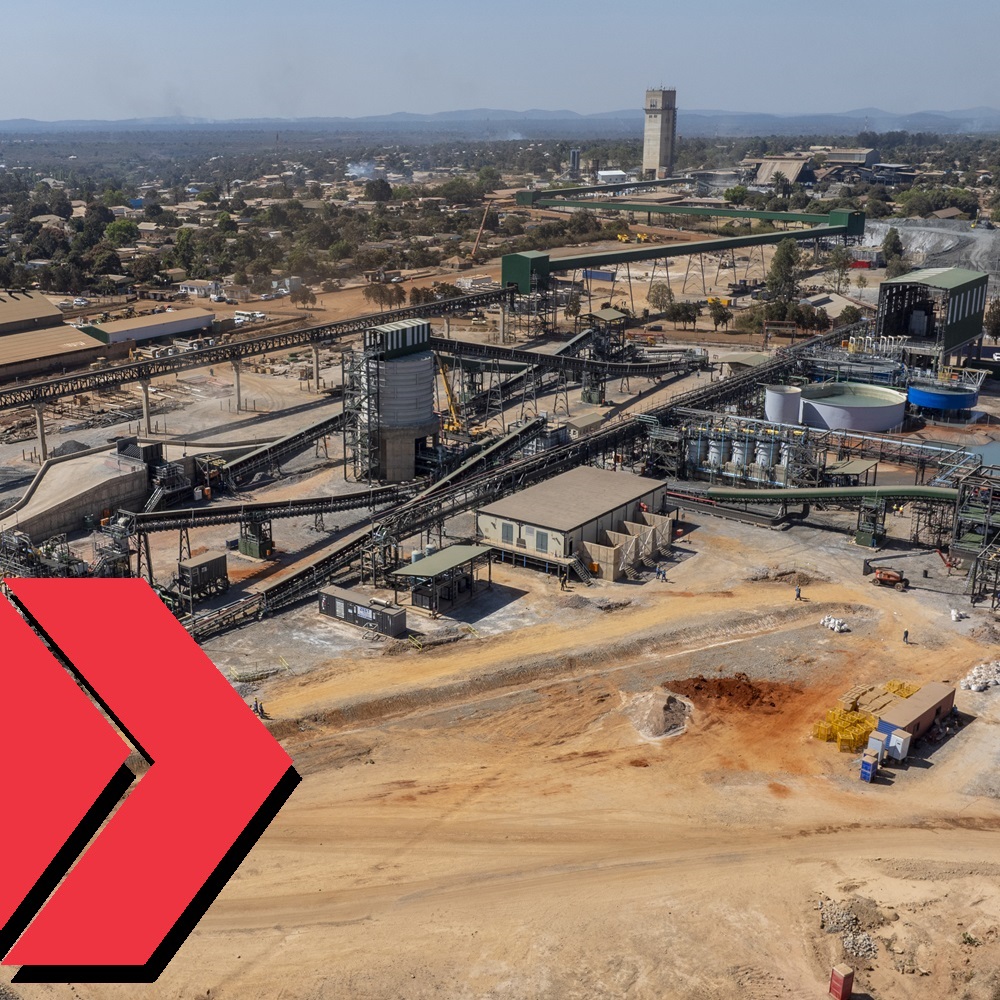About Kipushi
À propos de Kipushi

The Kipushi Mine has a long and storied history as a major producer of copper and zinc. Built and then operated by Union Minière for 42 years, Kipushi began mining a reported 18% copper deposit from a surface open pit in 1924. It was the world’s richest copper mine at the time. The Kipushi Mine then transitioned to become Africa’s richest underground copper, zinc and germanium mine. State-owned Gécamines gained control of Kipushi in 1967 and operated the mine until 1993, when it was placed on care and maintenance due to a combination of economic and political factors.
Over a span of 69 years, Kipushi produced a total of 6.6 million tonnes of zinc and 4.0 million tonnes of copper from 60 million tonnes of ore grading 11% zinc and approximately 7% copper. It also produced 278 tonnes of germanium and 12,673 tonnes of lead between 1956 and 1978. There is no formal record of the production of precious metals as the concentrate was shipped to Belgium and the recovery of precious metals remained undisclosed during the colonial era. However, drilling by Ivanhoe Mines has encountered significant silver values within Kipushi’s current zinc- and copper-rich deposits.
Most of Kipushi’s historical production was from the Fault Zone, a steeply dipping ore body rich in copper and zinc that was initially mined as an open pit. The Fault Zone extends to a depth of at least 1,800 metres below surface, along the intersection of a fault in carbonaceous dolomites.
In 1924 Kipushi began mining 18% copper from a surface open pit, before transitioning to Africa’s richest underground copper and zinc mine.
Before Kipushi was idled in 1993, Gécamines discovered the Big Zinc deposit at a depth of approximately 1,250 metres below surface and adjacent to the producing Fault Zone. The Big Zinc Deposit has not been mined and is the initial target for production as outlined in the 2022 Feasibility Study.
Since acquiring its interest in the Kipushi Mine in 2011, Ivanhoe’s drilling campaigns have upgraded and expanded the mine’s zinc-rich Measured and Indicated Mineral Resources by more than double to an estimated 11.78 million tonnes grading 35.34% zinc, 0.80% copper, 23 grams/tonne (g/t) silver and 64 g/t germanium, at a 7% zinc cut-off, containing 9.2 billion pounds of zinc, 8.7 million ounces of silver and 24.4 million ounces of germanium.
In addition, Ivanhoe’s drilling expanded Kipushi’s copper-rich Measured and Indicated Mineral Resources to an additional 2.29 million tonnes at grades of 4.03% copper, 2.85% zinc, 21 g/t silver and 19 g/t germanium, at a 1.5% copper cut-off – containing 144 million pounds of copper.
Once in operation, the Kipushi Mine will be powered by clean, renewable hydro-generated electricity and is set to be among one of the world’s lowest Scope 1 and 2 greenhouse gas emitters per tonne of zinc metal produced.
